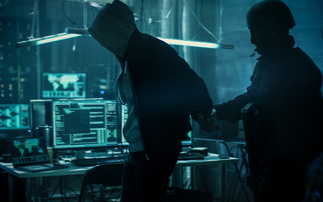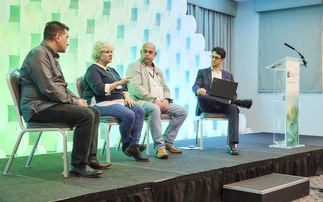Tesco CIO Mike McNamara transfers to US retailer Target to become its new CIO after 2013 hack
Tesco CIO Mike McNamara has been headhunted by US retailer Target to become its next IT chief, and to clean up after the devasting hack in which the credit and debit card details of 40 million cust...
To continue reading this article...
Join Computing
- Unlimited access to real-time news, analysis and opinion from the technology industry
- Receive important and breaking news in our daily newsletter
- Be the first to hear about our events and awards programmes
- Join live member only interviews with IT leaders at the ‘IT Lounge’; your chance to ask your burning tech questions and have them answered
- Access to the Computing Delta hub providing market intelligence and research
- Receive our members-only newsletter with exclusive opinion pieces from senior IT Leaders




















